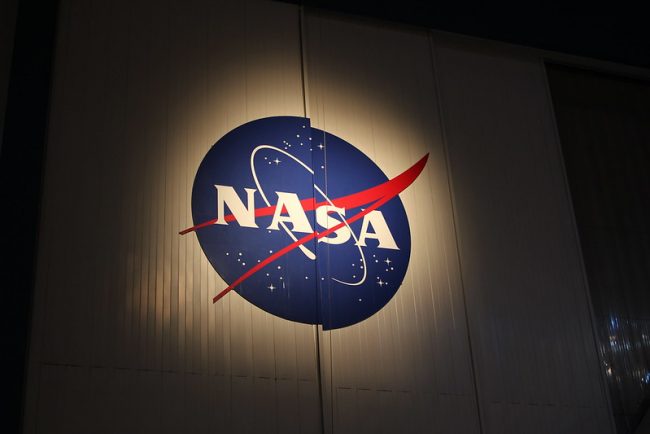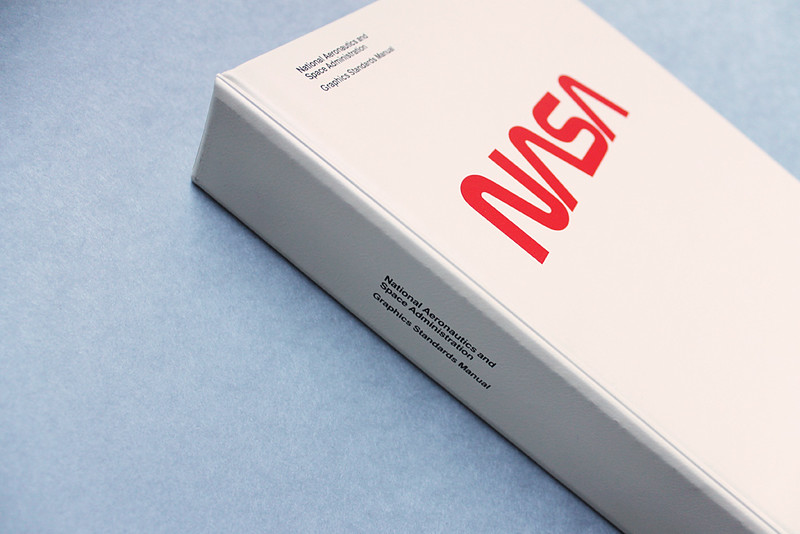|
Getting your Trinity Audio player ready...
|

The National and Space Administration is responsible for unique scientific and technological achievements in human spaceflight, aeronautics, space science, and space applications that impact the nation and the world.
NASA opened for business on Oct. 1, 1958. Project Mercury was its first high profile program to learn if humans can survive in space.
Mercury was followed by project Gemini; its objective was to have humans go to the moon by the end of the 1960s in a spacecraft designed to hold two astronauts.
In July 1969, the Apollo Project achieved that goal Apollo 11 was the first spaceflight to land humans on the moon with Commander Neal Armstrong and lunar pilot Buzz Aldrin which launched on July 16, 1969, and landed on the moon on July 20, 1969. Neil Armstrong became the first human to step n the moos surface some 6 hours and 40 minutes after landing. Spending about two hours outside of the spacecraft and gathering 48 pounds of moon rocks to tote back home.
It was also broadcast live worldwide. Armstrong described the event “as one small step for man and one giant leap for mankind”. That effectively ended the space race, a goal set forth by then-President John F. Kennedy.
NASA has 10 locations along with its headquarters in Washington, D.C., with facilities as far west as California and as far south a Florida.
The John F. Kennedy Space Center in Cape Canaveral, Florida, is named after the 35th president. It is the primary U.S. spaceport, NASA launch center, and home to the nation’s fleet of space shuttle orbiters.
It is from Kennedy that the familiar and always dramatic countdown refrain — “Ten, nine, eight, seven, six, five, four, three, two, one, and we have liftoff!” — is broadcast to rapt audiences throughout the world.
After the Apollo 11 mission, there were five more lunar landings missions through 1972. NASA’s astronaut spaceflight program resumed in 1981, with the space shuttle program continued for the next 30 years.
The agency continues to push the boundaries of space flight with cutting-edge aeronautics research that change how we build and fly airplanes.
NASA has also dramatically changed our understanding of the universe by using the orbital spacecraft like the Hubble Space Telescope. Communication satellites and weather satellites have changed life daily and created whole new industries.
“NASA the World Beyond science seeks to serve new communities and expand connections with our premier scientists and engineers. We do that through innovative partnering, and I couldn’t be prouder of the cadre of awardees,” said Thomas Zurbuchen, associate administrator for SMD.
In darker times, the space shuttle Columbia launched on Jan. 16, 2003 and upon it return on Feb 1, it exploded killing all of the astronauts aboard, including Sally McBride a school teacher.
Scientists determined the Columbia suffered structural damage when it launched. A piece of external foam from the external fuel tank peeled off and struck the shuttle’s left-wing. Once it entered the earth’s atmosphere, hot gases, and extreme heat upon re-entry likely compromising the hydraulic and control systems.
In 2020, the Space-X crew will launch from Cape Canaveral to International Space Station. The missions will be the first in a series of rotational flights with astronauts to the orbital laboratory.
The agency continues to make progress toward the first uncrewed flight test of SLS. In 2021, the aeronautics team plan to complete a low boom supersonic X plane that will relay data which could lead to faster long-distance travel throughout the world.
NASA is likely to achieve even more in the future as the galaxy becomes less foreign. Perhaps, space travel will continue to kindle that world’s imagination.
Written by Jasmin Williams
Edited by Cathy Milne-Ware
Sources:
NASA: Colombia Disaster What Happened; Elizabeth Howell
NASA: Preserves Through Pandemic, Looks Ahead in 2020, 2021; Frank Seitzen
Featured and Top Image Courtesy of Billy Brown Flickr Page – Creative Commons License



